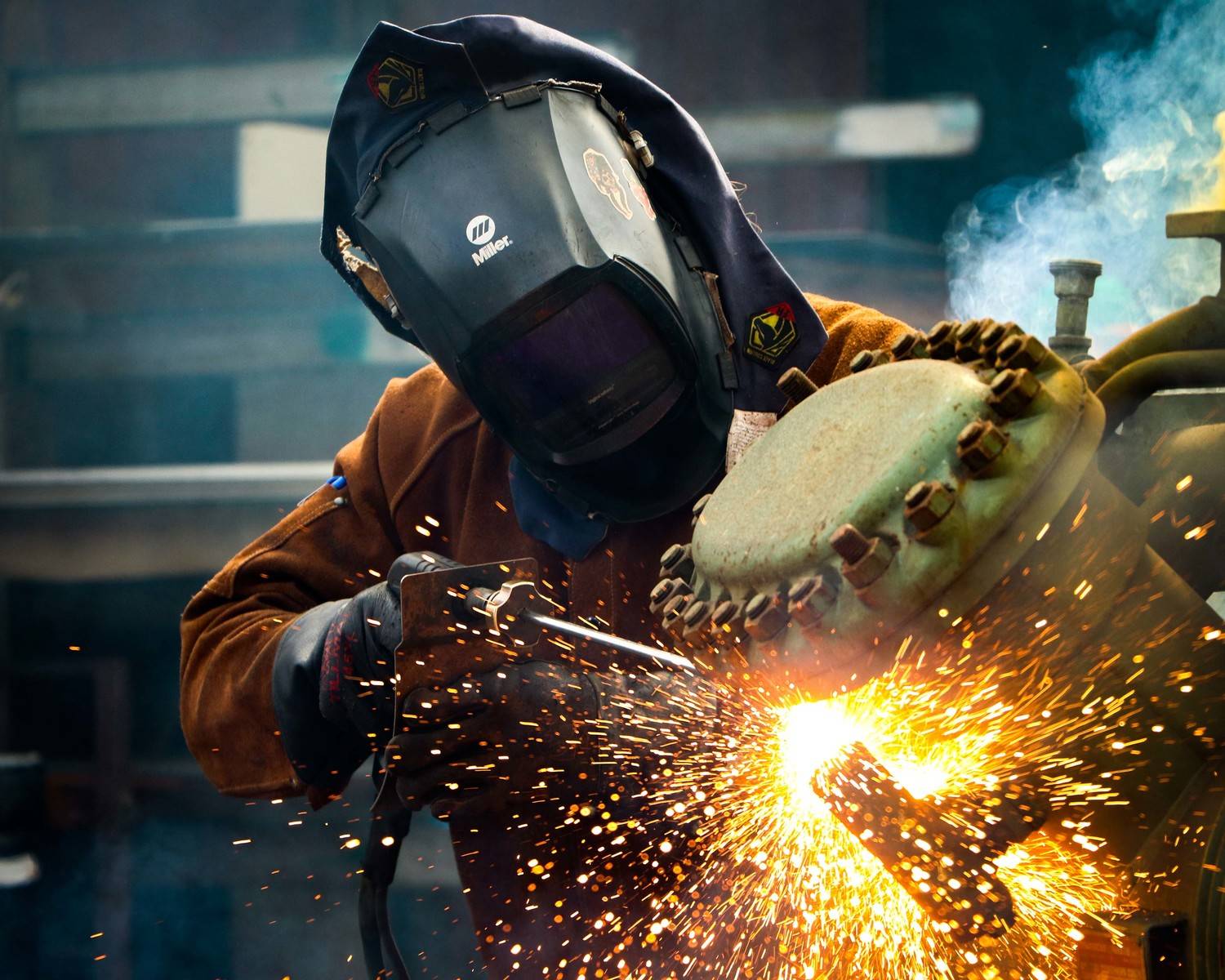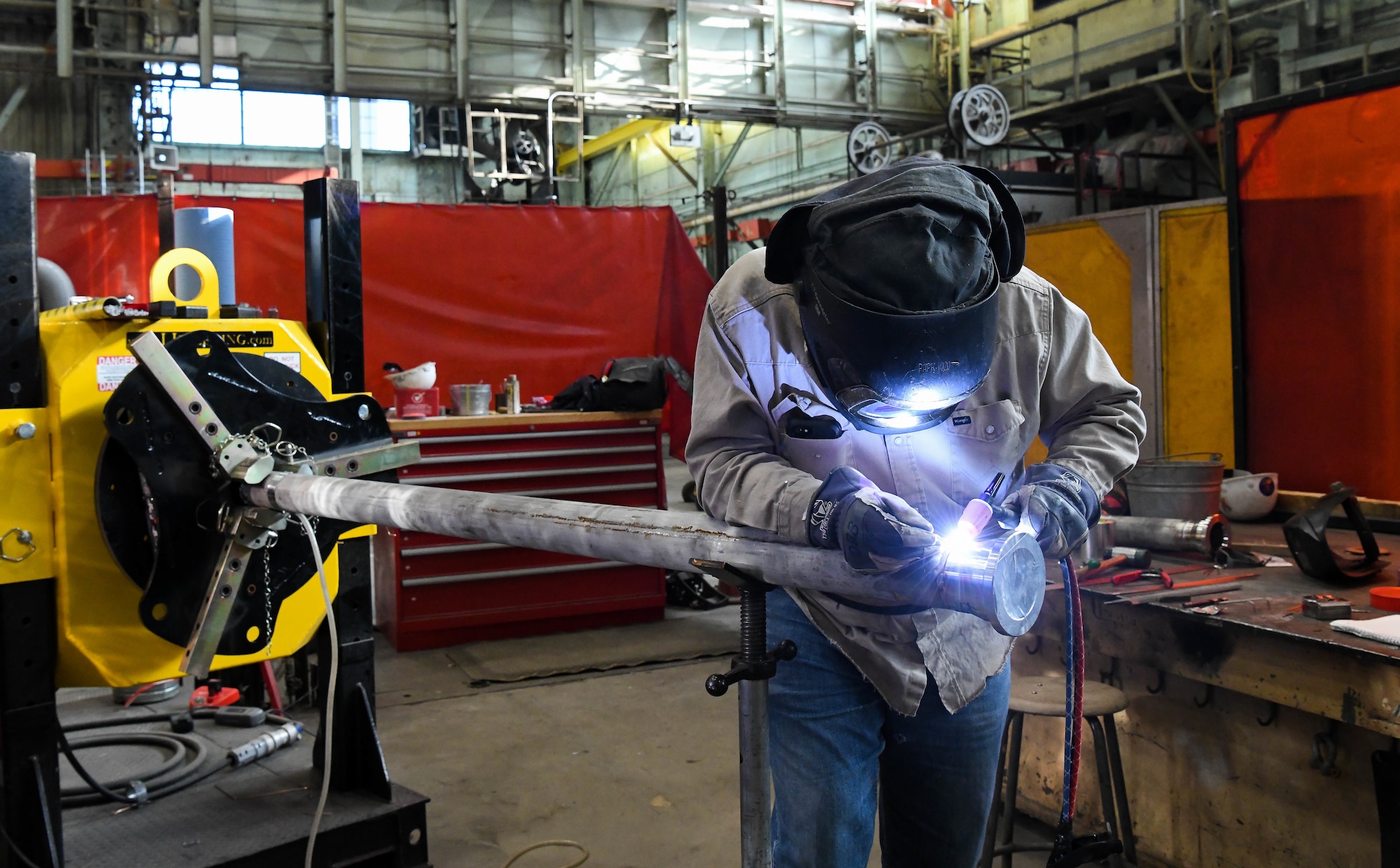Optimizing Your Welding WPS: Techniques for Improved Performance and Effectiveness
Optimizing Your Welding WPS: Techniques for Improved Performance and Effectiveness
Blog Article
Mastering Welding WPS Criteria: Best Practices and Techniques for Top Quality Welds
In the world of welding, understanding Welding Procedure Specification (WPS) requirements is a critical part that directly influences the quality and stability of welds. Sticking to these criteria guarantees consistency and dependability in welding outcomes. However, accomplishing excellence in welds goes beyond simply understanding the criteria; it entails carrying out best methods and techniques that boost the craft to a degree of precision and ability that establishes apart the standard from the remarkable. As we navigate through the details of welding WPS criteria, uncovering vital insights and approaches for attaining top-tier welds will be paramount for welders looking for to succeed in their craft and generate welds that stand the examination of time.
Recognizing Welding WPS Standards

Assessors count on WPS paperwork to verify that welding treatments are being followed properly and that the resulting welds are of high quality. Designers use WPS requirements to develop welding treatments that ensure the longevity and integrity of bonded structures.


Crucial Devices for Quality Welds
Mastering welding WPS requirements is vital for welders to effectively make use of the vital tools needed for creating high quality welds. The kind of welding equipment required depends on the welding procedure being used, such as MIG, TIG, or stick welding. Cable brushes and chipping hammers are crucial for cleaning the weld joint before and after welding to eliminate any type of impurities that might influence the top quality of the weld.
Secret Methods for Welding Success
To attain welding success, one need to master the crucial techniques necessary for producing top quality welds. One crucial strategy is maintaining the proper arc size. Keeping the electrode at the ideal range from the workpiece is vital for producing strong, uniform welds. Furthermore, managing the traveling rate is paramount. Moving as well swiftly can result in inadequate infiltration, while relocating too slowly can bring about excessive warmth input and potential problems. Appropriate control of the electrode angle is an additional crucial strategy. The angle at which the electrode is held can affect the grain form and infiltration of the weld. Moreover, making certain constant weapon angle and instructions of traveling is crucial for harmony in the weld grain. Last but not Web Site least, preserving a stable welding and a stable hand setting throughout the procedure is key to accomplishing precision and consistency in the welds. By understanding these vital techniques, welders can elevate the high quality of their work and achieve welding success.
Ensuring Compliance With WPS Requirements

Additionally, maintaining detailed records of welding specifications, devices calibration, and examination outcomes is vital for demonstrating conformity with WPS requirements. By diligently sticking to WPS standards, welders can guarantee that their work fulfills the required high quality degrees and contributes to the total success of the welding project.
Troubleshooting Common Welding Issues
When encountered with common welding issues, recognizing the source is crucial for reliable troubleshooting. One common issue is the existence of porosity in welds, commonly triggered by contaminants such as oil, rust, or wetness. To resolve this, guaranteeing correct cleansing of the base metal prior to welding and using the correct protecting gas can considerably lower porosity. One more problem regularly come across is lack of blend, where the weld stops working to properly bond with the base material. This can come from insufficient heat input or incorrect welding strategy. Adjusting specifications such as voltage, cable feed rate, or take a trip rate can aid improve blend. In addition, distortion, breaking, and spatter prevail welding obstacles that can be reduced through proper joint prep work, constant warm control, and choosing the proper welding consumables. By completely recognizing these common welding concerns and their source, welders can properly fix troubles right here and attain high-quality welds.
Conclusion
Finally, understanding welding WPS standards calls for a thorough understanding of the guidelines, utilizing crucial tools, and executing crucial methods for successful welds. Ensuring compliance with WPS requirements is important for creating top quality welds and staying clear of common welding issues. By following best practices and techniques, welders can achieve consistent and dependable results in their welding tasks.
In the realm of welding, mastering Welding Treatment Requirements (WPS) criteria is a vital part that directly affects the high quality and integrity of welds.When diving into the world of welding methods, a vital element to comprehend is the relevance and intricacies of Welding Treatment Spec (WPS) criteria. WPS requirements supply a comprehensive standard for welding operations, guaranteeing consistency, top quality, and security in the welding process. The type of welding device needed depends on the welding process being utilized, such as MIG, TIG, or stick welding.Achieving welding success via the proficiency of key techniques necessitates an extensive understanding and adherence to Welding Treatment Requirements (WPS) standards.
Report this page